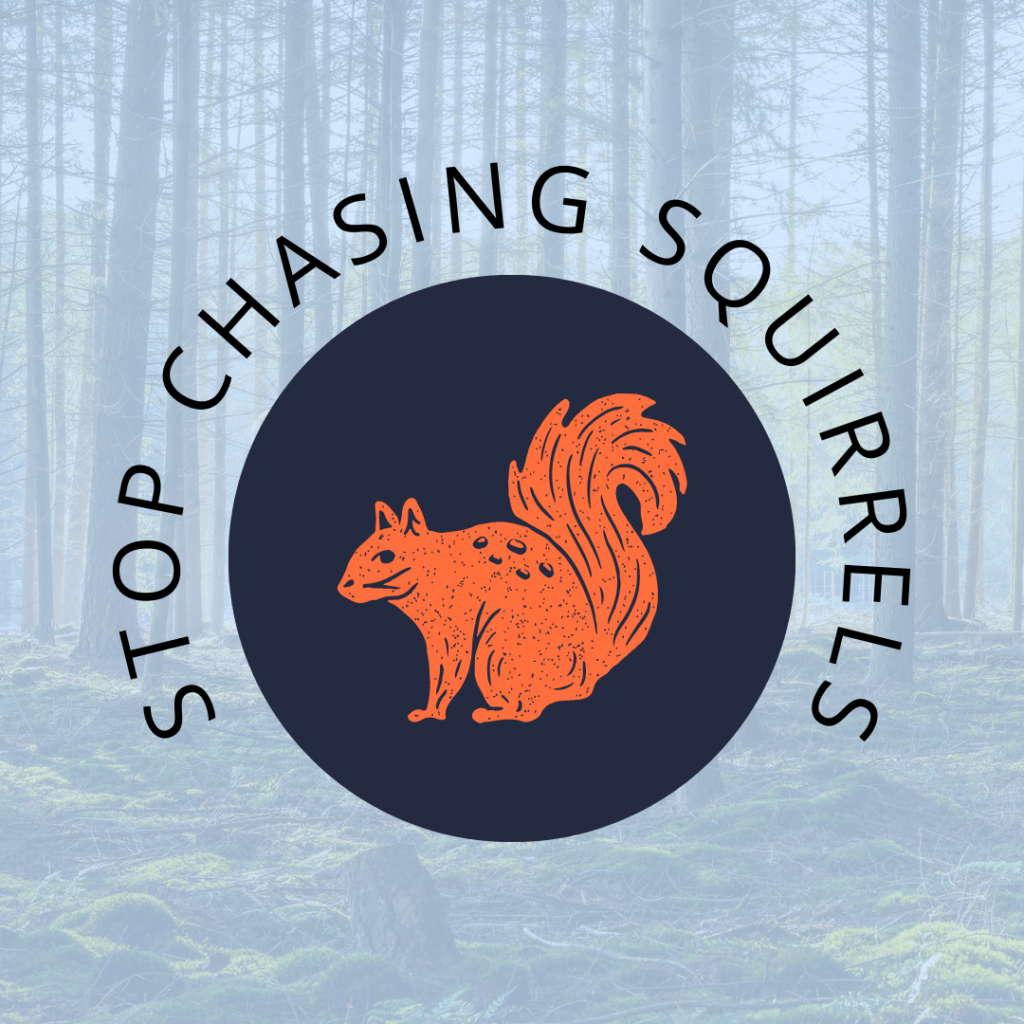Did you know that January 21st is Squirrel Appreciation Day — an annual occasion that celebrates one of the most popular rodents in the world? While these acorn-hoarding critters are widely adored, it isn’t the best thing in the world to “chase squirrels” around the workplace. We have rounded up practical tips for improving organization and attention at the workplace for working smarter and not harder, like squirrels in harvest season.
Attack Your Inbox With Folders and Labels
The daily flood of emails in your workplace inbox can prove extremely overwhelming. You might find yourself lost in the process and miss out on a reply for an urgent matter. Creating multiple folders in your inbox helps you organize emails into their respective categories for easy reference and retrieval.
You could directly flag urgent emails via the Outlook client. Alternatively, for other email providers, consider grouping prioritized emails in a folder named “urgent.” Doing so helps you in staying on task by responding to correspondences with the right level of promptness.
Google Mail users use labels in place of standard inbox folders. Sorting your emails by their respective labels enables you to conveniently cycle through related communications.
Consider folders and labeling as a preliminary step in checking your inbox. Once organized, you can quickly run through your email folders by order of importance – starting with priority emails and “waiting” folders that require follow-up action. A systematic inbox ensures that you never need to sieve through seemingly endless lists of emails to locate a specific document or send an urgent reply.
Leverage Kanban Platforms
Kanban platforms like Monday.com and Trello are effective platforms to help you slay your to-do lists with convenience and consistency. The popular organizing method which directly translates to “cards you can see” in Japanese, applies visual layouts that streamline communications among team members and provide fuss-free task management.
The use of Kanban boards makes it extremely convenient to view, assign, and manage tasks across workflows with color-coded cards viewable at a glance. Sliding the color-coded cards with task progression helps to keep team members informed about the latest changes in their to-do lists for smoother collaborations.
Dedicate Time to Eliminate Clutter
Workspace clutter and other distractions can compromise your productivity levels by reducing your attention span. Spending about 8-10 minutes clearing and organizing your personal workstation can help you eliminate distractions while creating a clean space that promotes clearer thoughts for improved focus and planning.
Organize Your Schedules With Shareable Calendars
It can be extremely challenging to manage multiple meetings and appointments that may clash when you least expect them. Applying Google’s shareable online calendar makes it frictionless to sync your schedule across the Google Workspace.
The intuitive online calendar enables you to track tasks, customize/manage due dates, and complete appointments from a single touchpoint. A shareable online calendar layers multiple calendars within a unified view so you can have peace of mind in finalizing every appointment and keep every client and team member updated across the Google Workspace.
Take Regular Breaks
Tired eyes and minds will naturally reduce your attention and concentration. You can prevent these by taking regular breaks throughout your workday. Short walks around the workplace or stopovers at the water cooler can help you freshen up and recharge to better prepare for the tasks ahead. Not to fret if you do not feel like moving around. Meditation apps like Headspace and Calm can provide you with the necessary breather and relaxation right from your mobile device
But remember to avoid overextending your breaks to the point that they distract you from your tasks and commitments. Consider limiting your breaks to about five to ten minutes each time to strike the perfect balance between work and rest.
Avoid Multitasking
Multitasking is a common practice in a busy workplace environment. Yet, research shows that it is generally ineffective and may cause symptoms of anxiety and depression (which further compromise productivity). Instead, consider using tools like Kanban boards and task-management applications like Evernote to help you focus on one task at a time. Investing your undivided attention in a single task could significantly boost workplace performance and reduce the risks of error.
“Eat The Frog”
Switch squirrels for frogs by tackling your most difficult task first each day! Since the most challenging and complex tasks require the most effort, it is best to deal with them first thing at work, while you have the most energy and concentration. Pushing difficult tasks toward the end of the workday could result in a continuous cycle of procrastination.

Connect with MRINetwork